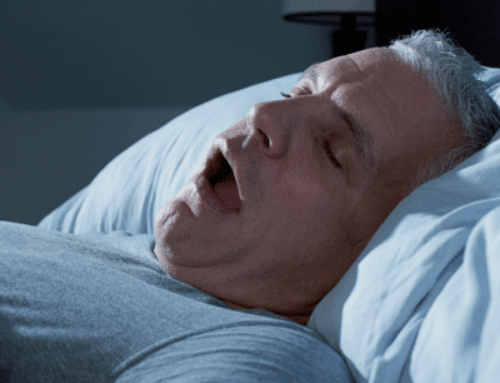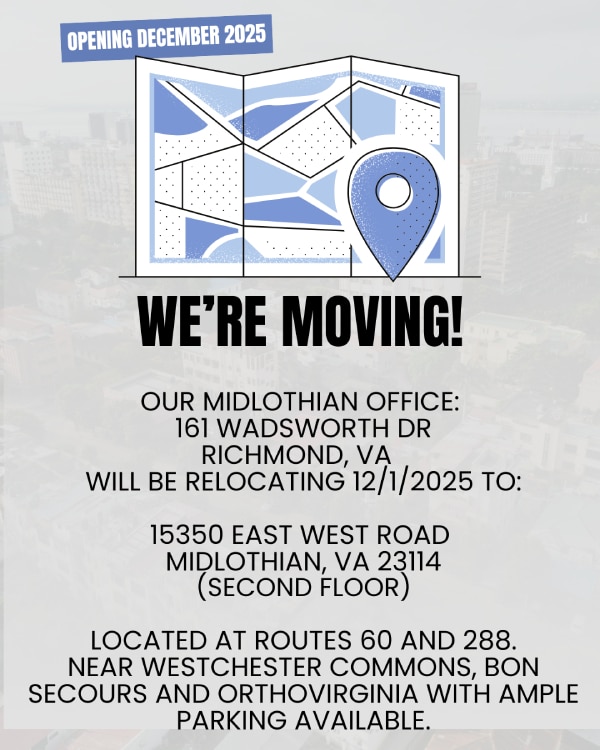Septoplasty For Deviated Septum
A deviated septum is a condition in which the nasal septum, the cartilage and bone that divides the nostrils, is displaced or crooked. This can cause difficulty breathing through one or both nostrils and can also lead to other symptoms such as frequent sinus infections, nosebleeds, and facial pain. Septoplasty can help fix a deviated septum.
While some people are born with a deviated septum, it can also result from injury or trauma to the nose. In many cases, individuals may not even realize they have a deviated septum until symptoms begin to affect their daily lives. In addition to nasal congestion and recurrent infections, some may experience noisy breathing during sleep, postnasal drip, or even sleep disturbances like snoring or obstructive sleep apnea.
Treatment for a deviated septum depends on the severity of the condition and the symptoms it causes. For mild cases, medications such as decongestants, antihistamines, or nasal steroid sprays may help relieve symptoms. However, for more significant deviations, a surgical procedure called septoplasty may be recommended to correct the alignment of the septum.
At Virginia ENT, our experienced specialists can diagnose a deviated septum through a physical examination and imaging studies, then develop a personalized treatment plan to help you breathe easier and improve your quality of life.
Causes
There are several causes of a deviated septum, including birth defects, trauma to the nose and hereditary factors. Some people may have a deviated septum from birth, while others may develop it as a result of injury or other factors.
Septoplasty
If a deviated septum is causing significant symptoms, such as difficulty breathing or frequent sinus infections, it may be necessary to undergo a surgical procedure called septoplasty. Septoplasty is a procedure in which the nasal septum is straightened and repositioned to improve the flow of air through the nose. This outpatient surgery is typically quick and effective, with minimal downtime. It not only helps alleviate chronic nasal congestion but can also reduce the risk of sinus-related complications over time. Patients often report a significant improvement in breathing, sleep quality, and overall comfort following the procedure.
The surgery is typically performed under local or general anesthesia and can take up to 2 hours. During septoplasty, our experienced surgeon trims, repositions, or replaces the cartilage to straighten the septum. The goal is to improve airflow through the nasal passages and reduce symptoms like congestion, sinus pressure, and frequent infections.
After the surgery, the nose will be packed with gauze to help control bleeding, and the patient will be instructed to keep their head elevated and avoid blowing their nose for several days. Cold compresses and over-the-counter pain medications may be recommended to help manage discomfort and reduce swelling.
Recovery time for septoplasty can vary, but most people are able to return to normal activities within a week or two. However, it may take several weeks for the swelling and bruising to fully subside. Patients are encouraged to attend all follow-up appointments to monitor healing and ensure optimal results. In most cases, septoplasty offers long-term relief from nasal obstruction and related symptoms, greatly improving breathing, sleep quality, and overall comfort. At Virginia ENT, our team is committed to providing expert surgical care and personalized support throughout every stage of your recovery.
It’s important to note that septoplasty is not the same as a “nose job” or rhinoplasty, which is a cosmetic procedure to change the shape of the nose. Septoplasty is a functional procedure to improve breathing and it should be performed only by a qualified and experienced surgeon, usually an otolaryngologist (Ear, Nose and Throat specialist).
Contact Virginia ENT to talk to our experts about your deviated septum.






